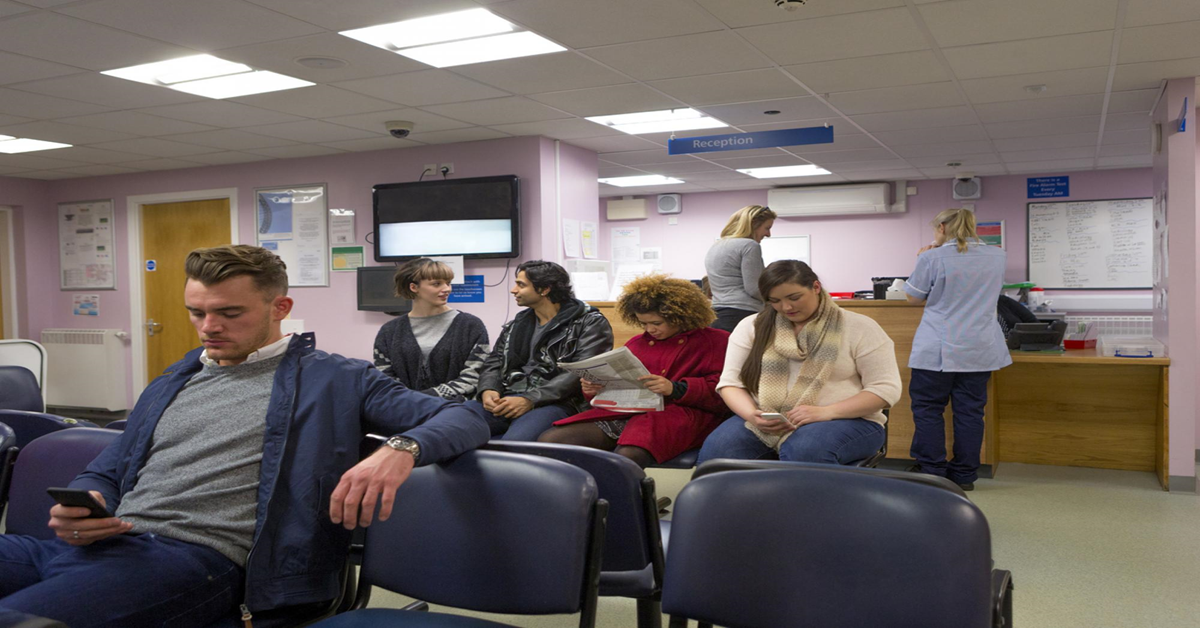Progress came alongside a record-breaking February for the number of diagnostic tests performed by staff – with two million tests and checks in the month (2,060,854), higher than the previous record in 2020 when 1.9 million (1,912,658) tests were carried out.
The NHS has hit the faster diagnosis standard for suspected cancer for the first time, with three quarters of those referred receiving a definitive diagnosis or all clear within 28 days – over 170,000 people (171,453). While there continues to be high demand for cancer services with 229,721 people getting checked for cancer in just one month and over 25,000 people starting treatment (25,718).
This week, the NHS is experiencing the most disruptive round of industrial action it has ever faced with junior doctors on strike since 7am on Tuesday until Saturday morning. Ahead of this week’s strikes, 285,000 appointments and procedures have been postponed since December.
People who need care must still access the care they need in the usual way – only using 999 and A&E in life-threatening emergencies and using NHS 111 online and other services for non-urgent health needs. Pharmacies and GPs are largely unaffected by the strikes so patients can still get appointments and health advice.
Today’s data shows that this winter has been the busiest on record for A&E staff with 8.3million (8,322,709) attendances over the last four months – 40,000 more than the previous record winter in 2018/19 (8,283,429).
High levels of pressure on services continued in March with A&E attendances and ambulance call outs at the highest levels recorded so far this year (2,163,709 A&E attendances & 611,548 ambulance call outs).
The NHS prepared extensively for the busiest winter on record – with 24/7 system control centres across the country, dedicated fall services as well as boosting bed capacity with the equivalent of 7,820 extra beds in services since the winter plan was published in August. Local services worked hard to introduce over 4,800 more physical beds, more virtual wards in the community, and by freeing up over 2,000 beds through speeding up discharges and helping patients to avoid admission to hospital.
In line with the commitment in the urgent and emergency care recovery plan, from today, the NHS has started to publish 12-hour A&E waits from arrival as part of the monthly publication. The new data also provides greater population-level information, including the proportion of attendances broken down by age, gender, ethnicity and main complaint.
NHS National Medical Director, Professor Sir Stephen Powis said: “The last few months have been demanding for the NHS as record numbers of patients have come forward for care on top of hugely disruptive strike action.
“Today’s data shows demand on services is not relenting with A&E attendances and ambulance calls outs in March recorded at the highest level so far this year – even higher than a very busy January.
“But amidst the demand and industrial action, staff have progressed on key NHS priorities with the number of people waiting the longest for elective care continuing to reduce while for the first time ever the NHS has also hit the faster diagnosis standard for cancer – with more patients getting a definitive diagnosis or the all clear within 28 days.
“So while there is no let-up for services – and with almost 48 hours of strike action still to go – it remains as vital as ever that the public continue to come forward for care when they need it – using 999 in an emergency and using 111 online and making use of the expertise of pharmacies, GPs and community services for less urgent needs.”





